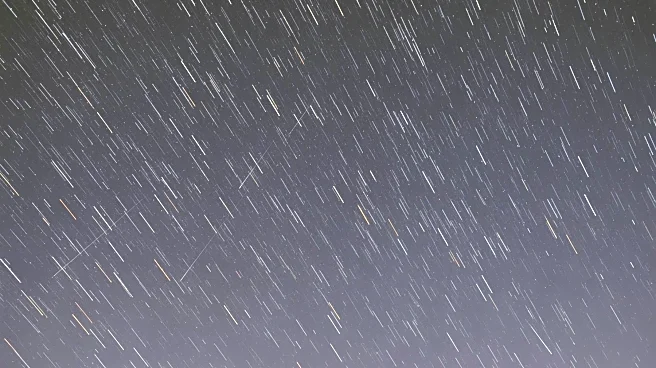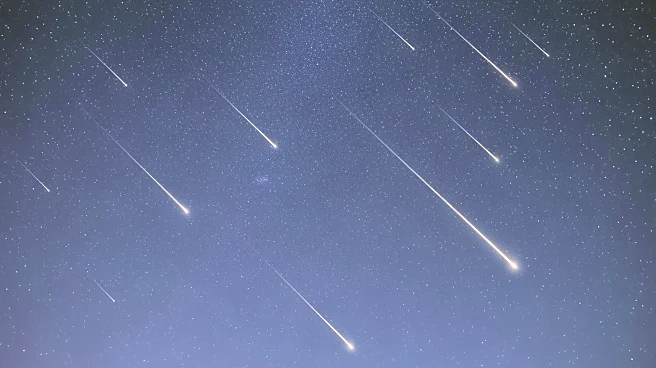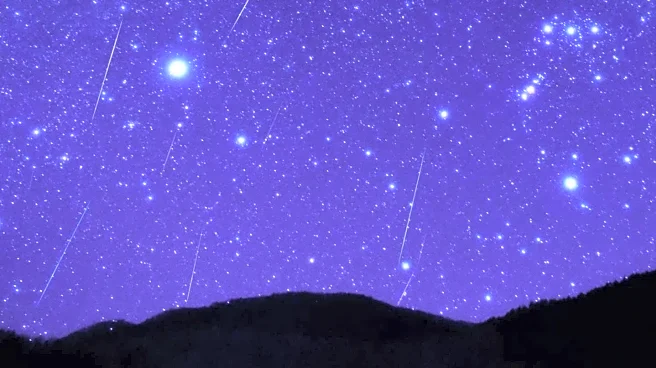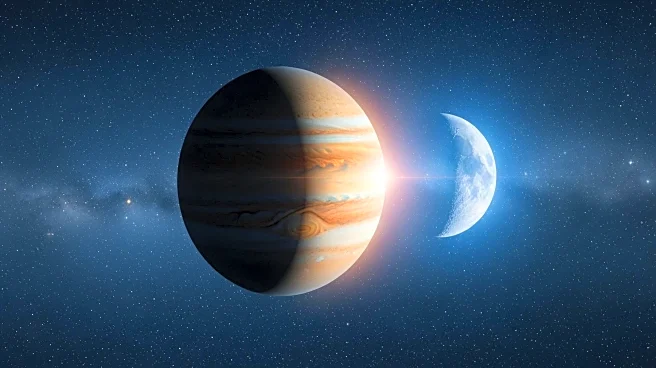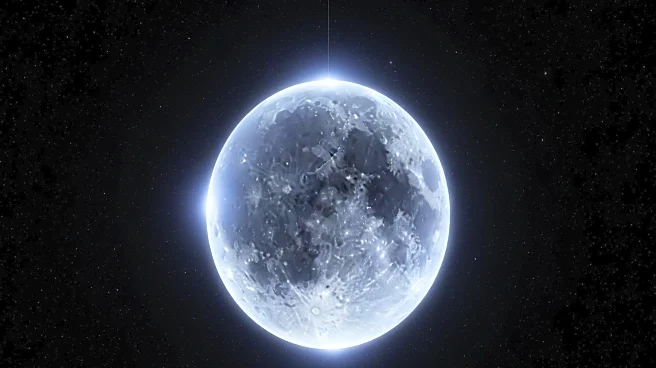What's Happening?
The annual Leonid meteor shower is set to peak on the night of November 16-17, 2025, offering up to 15 meteors per hour under dark, moonless skies. The Leonids, active from November 6 to 30, are known
for their fast-moving meteors, which can produce bright fireballs. This year's viewing conditions are particularly favorable due to a waning crescent moon that will not interfere with visibility. The meteors originate from particles shed by Comet 55P/Tempel-Tuttle, which orbits the sun every 33 years.
Why It's Important?
The Leonid meteor shower provides a unique opportunity for stargazers and astronomy enthusiasts to witness a natural celestial event. The absence of moonlight enhances visibility, making it one of the best viewing opportunities in recent years. Such events also serve to increase public interest in astronomy and space science, potentially inspiring future generations of scientists and researchers.
What's Next?
Observers are encouraged to find a location away from city lights and allow their eyes to adjust to the darkness for optimal viewing. The next major meteor shower, the Geminids, will peak in December, offering another chance to observe a high number of meteors. Continued public engagement and education about such events can foster a greater appreciation for space and science.
